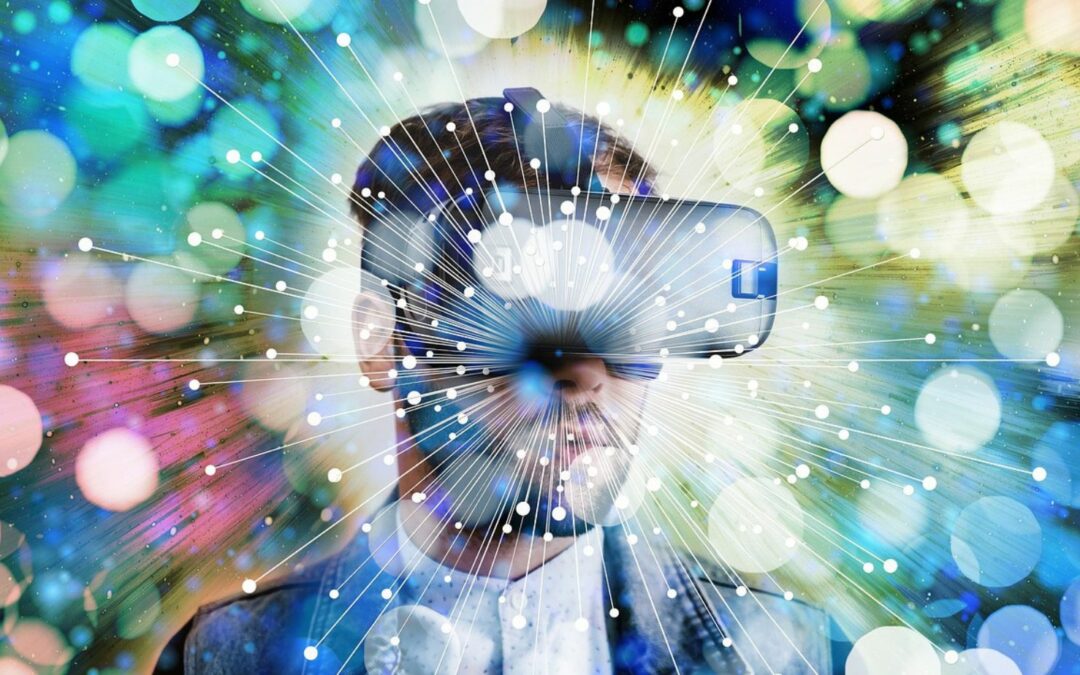The use of wearable Augmented Reality (AR) and Virtual Reality (VR) technology is changing how audiences experience art worldwide. It’s also changing the way modern artists create unique works of art.
The question being asked here is, how will AR and VR change art? Let’s dive straight in to find out.
What Is AR and VR, and How Are They Different?
There is a clear difference between Augmented and Virtual Reality. Augmented Reality (AR) merely serves to enhance (augment), modify, and complement our physical reality as it already exists.
Via the use of wearable AR headsets, smartphones, tablets, and other AR-capable devices, the technology can be used as a filter, applying an interface for the world around us. It enhances how we see and hear things in the physical realm.
For example, surgeons have used AR to carry out certain surgical procedures. It’s used in mobile video games like Pokémon GO, and it can also soon be used at licensed casino sites, such as Unibet Casino, to play traditional table & card games or slots.
It can be used to show customers how certain items of furniture they are considering buying might look like in their home, plus there are many other uses, thanks to filters and animations/graphics being added to the real world.

Virtual Reality (VR), on the other hand, is a fully immersive experience. VR worlds can only properly be experienced by the user wearing a VR headset. Headphones, controls, and wearable gloves that mimic touch, movement and sound sensitivity can also enhance the VR experience.
A person experiencing VR is convinced they are somewhere else while their body remains in the physical reality. It’s more commonly used in the video gaming sector.
People can also use VR headsets to explore the world and some of its most iconic places, such as the Great Wall of China, the Pyramids in Giza, and the Amazon Jungle.
Some people use VR to create virtual living rooms to hang out with friends and families. Others use VR to get fit by exercising. You also have Mixed Reality (MR), which combines digital and physical worlds.
Some of the other popular things you can do in VR worlds today are skydiving, meditating, browsing the internet, watching TV shows, movies and today’s biggest sporting events, and so much more. In short, VR is completely virtual (a fictional reality), whereas AR uses a physical/real-world setting.
How Will AR and VR Change the Way We Experience Art?
There are many ways AR and VR are changing art for both the artist and the audience. For example, you can use AR and VR technology to experience some of the world’s greatest works of art at participating museums.

People can attend museums in person and use their AR device to see works of art that are missing, no longer in their current collection or they can use those devices to augment artwork that is there via the application of filters without physically touching or destroying the artwork.
Alternatively, someone in Canada can use their VR headset to visit museums, such as the Louvre in Paris or the Tate Modern in London, without ever having to leave the home.
How Are Artists Using AR and VR?
Artists have been using AR and VR technology to curate unique gallery experiences and show off their latest masterpieces. It also allows them to interact with the audience in ways that were previously impossible.
Modern artists have also been using Augmented Reality and Virtual Reality to create and express themselves in ways that have never been used before. There are many new AR and VR tools that can help artists create works of art the world has never seen.











